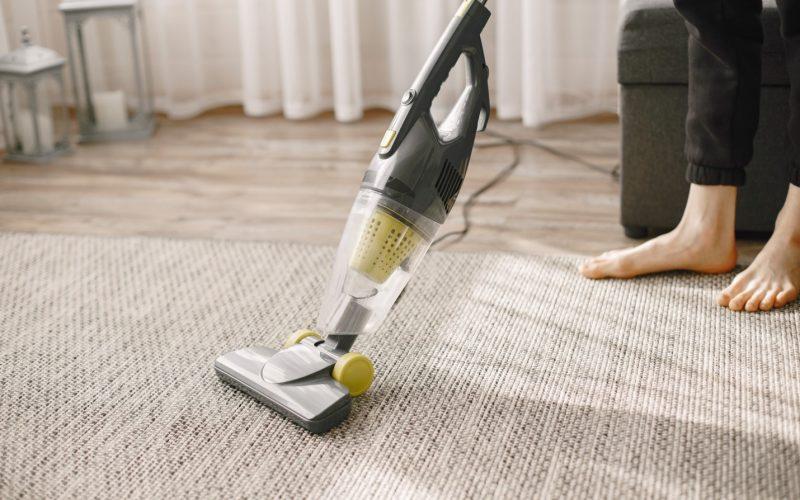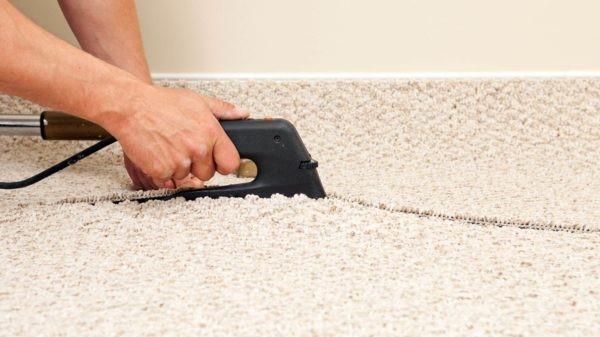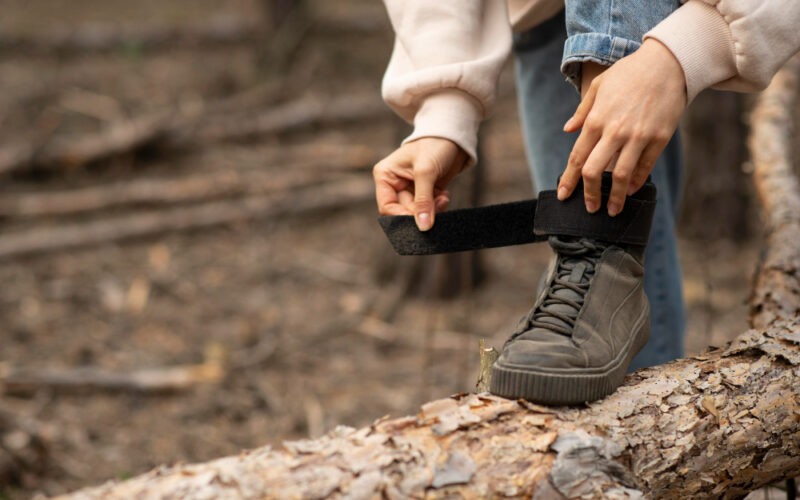
Treatment
When you pass your hand over the carpet and the fleece does not rise and the carpet is smooth, the movement occurs in the direction of the fleece.
Cleaning with a vacuum cleaner
It can be done once a week in the direction of the fleece. You can easily understand which direction the fleece is facing by passing your hand along the carpet. If the fleece is soft, you are moving in the direction of the fleece, if it is rough and lifting, you are moving in the opposite direction.
The important thing to remember is to lift the vacuum cleaner after each movement so that you don’t run it back and forth! Also pay attention to the fringes, making sure that they are not sucked in by the nozzle of the vacuum cleaner.
When the fleece rises in this way, the movement is AGAINST the hair!
When the carpet is new there may be some excess wool/fleece and some particles may come out. In Persian carpets, this phenomenon most often disappears after 1-2 strokes of the vacuum cleaner, while in Indian carpets, for example, it can last longer.
It, therefore, makes no sense to try to vacuum everything away at once: it is better to let it take the time necessary to reduce the consumption of the carpet.
Avoid beating the carpets, as there is a risk of ruining the knots.
Deep marks in the carpet
Should the carpet show deep marks or other types of marks due to furniture or the like, they can be easily removed. Start by rinsing a cloth in cold water and spreading it over the area with the marks. Then take an iron and pass it on the cloth a couple of times, in the direction of the fleece. If by doing so the sign has not yet disappeared, the operation can be repeated.
To remove trampling marks from the carpet or those left for example by furniture, rinse a cloth in cold water and wipe it several times with iron in the direction of the fleece.
Refresh a carpet
“A good way to freshen up a carpet is to spread it out in the snow with the fleece facing the ground. Before doing this, the carpet should be kept outdoors so that it cools down and does not melt the snow.
Rotate the carpet
In addition, about every two months, the carpet must be rotated 180 °. This must be done as the carpet can discolour if exposed to sunlight in the same spot for longer periods. Another reason to rotate a carpet is to avoid that it always wears out in the same spot.
Carpet washing
After a few years of use, it must be washed; of course not in any laundry, but possibly in a shop specializing in oriental rugs. During washing, the carpet is beaten and freed from small particles such as gravel and sand. Then we take care of the smaller spots, more specifically. Then follows a washing with water; the carpet is rinsed with water and scratched with rubber rakes until all dirt has been removed. Once the washing is finished, the carpet is dried in special drying rooms and spread out if necessary. This type of washing restores its vitality and lustre to the fleece and the colours their brightness.
Repairs
A hand-knotted rug can be repaired if it is damaged. For example, you can repair loose or torn fringes, damage to the edges (long side of the carpet), small holes or restore colours where they have worn out. This type of damage must be repaired by a carpet expert to get the best possible result!

However, it is often expensive to repair a hand-knotted rug, so it is worth considering whether or not to do so: some rugs are even more beautiful when kept in their original condition, that is to say with a certain level of wear.
A carpet slip is recommended.
Use the anti-slip for carpets
To minimize wear on the carpet, an anti-slip must be used. The protection extends the life of your carpet, and also contributes to greater safety as the carpet remains stationary on the floor. Non-slip is recommended for both thin and thick rugs.
Another positive function of the slip protectors is that they insulate the floor, and in many cases also contribute to better comfort when walking on the carpet.





